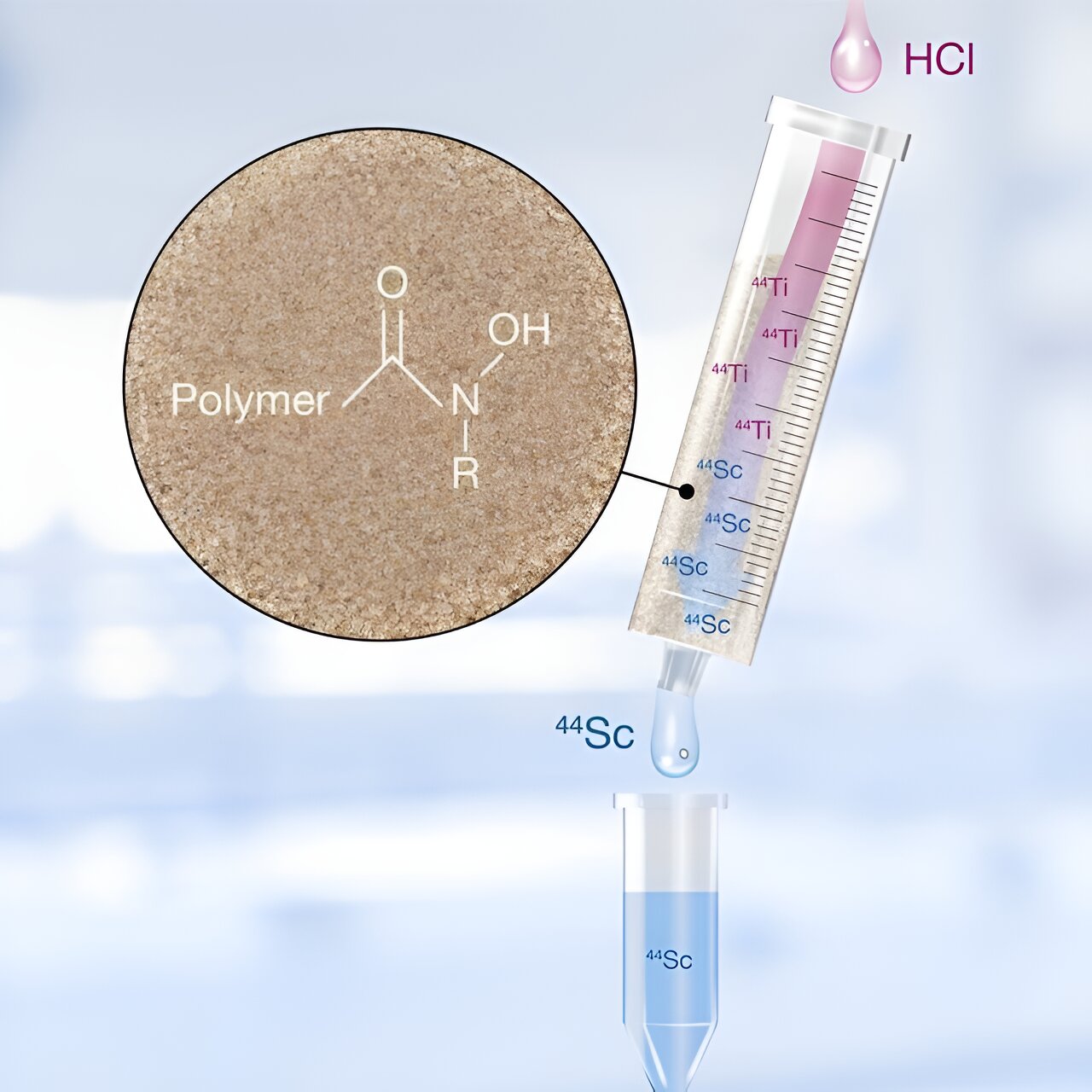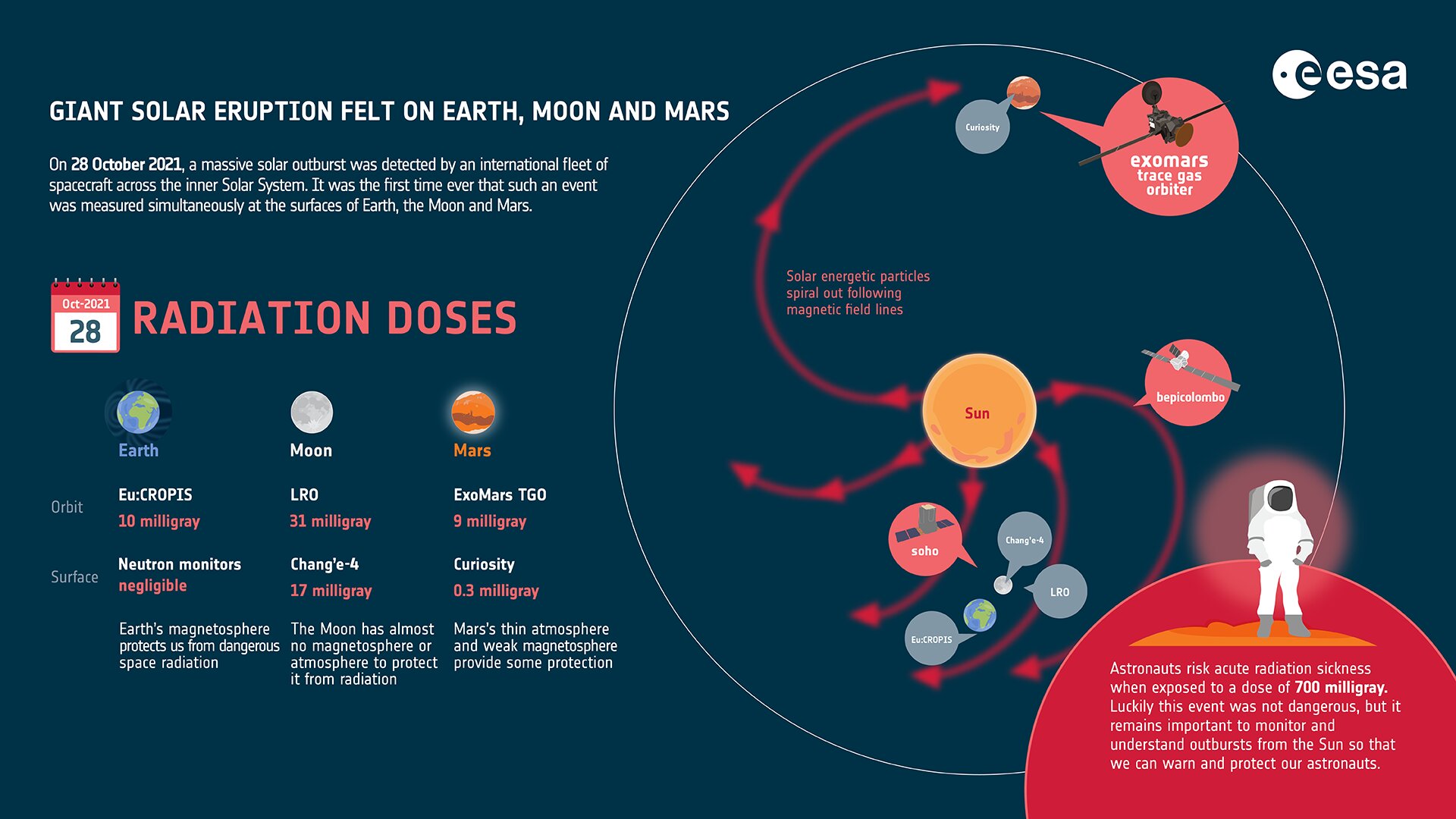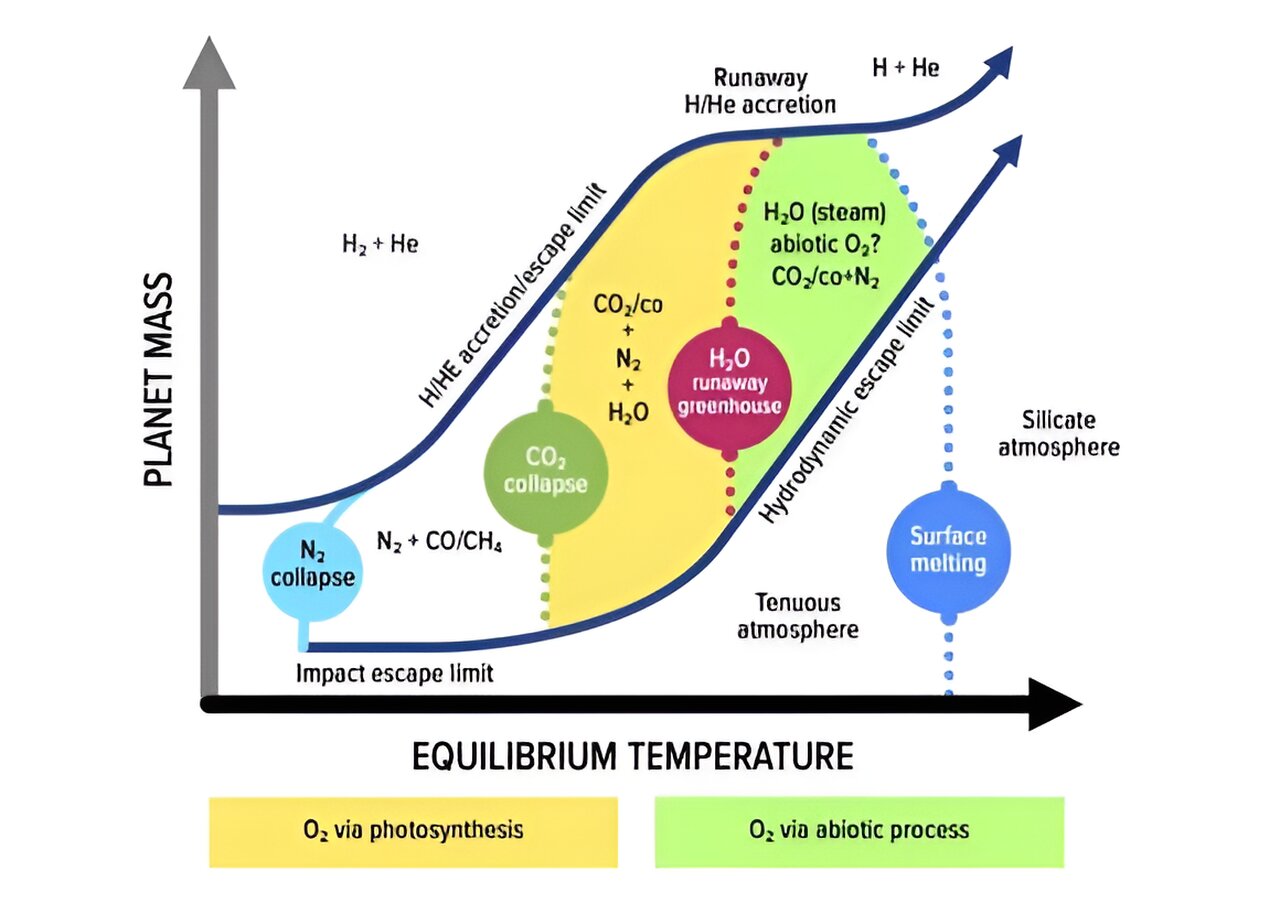Scandium-44: A Breakthrough in Medical Imaging
Scandium-44 is a game-changer in the field of medical imaging. This powerful isotope is used in positron emission tomography (PET) scans, allowing doctors to accurately measure cell activity and detect conditions like cancer and heart disease. What makes scandium-44 so remarkable is its longevity. It can be produced from titanium-44, which decays at a much slower rate. This means that a single batch of titanium-44 can provide enough scandium-44 for years of PET scans.
The Challenge: Separating Scandium-44 from Titanium-44
One of the main challenges in utilizing scandium-44 is separating it from titanium-44 at hospitals. However, researchers have recently discovered a groundbreaking solution. By using an organic molecule called hydroxamate, they were able to immobilize titanium-44 on a resin. They then passed a specially designed liquid through the resin to remove only the scandium-44. This process can be repeated as more scandium-44 is produced each day.
Published in the journal Applied Radiation and Isotopes, the researchers’ findings are a major breakthrough in the field.
Expanding Access to PET Imaging
Currently, most PET imaging isotopes are produced in hospitals with particle accelerators, limiting access to these procedures. However, the researchers behind the new resin technology aim to change that. They have incorporated the resin into an isotope generator, a portable device that can be used in hospitals with routine facilities. This innovative approach will make isotopes like scandium-44 more accessible to medical staff. The Department of Energy Isotope Program is actively working towards making scandium radioisotopes readily available in the near future.
Promising Results and Future Possibilities
The researchers have collected crucial data that demonstrates the potential of this approach. They have observed improved reliability and durability compared to other isotope generators for scandium-44. Additionally, they have confirmed that the scandium-44 produced is pure enough for efficient radiolabeling, a key indicator of its suitability for PET imaging agents. With these exciting developments, scandium-44 is now one step closer to being evaluated for use in medical procedures.








